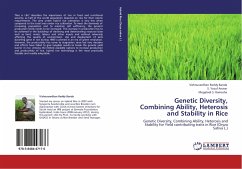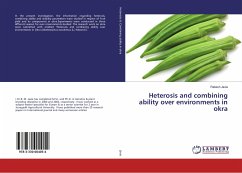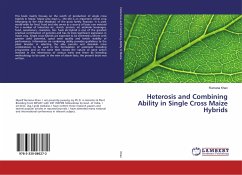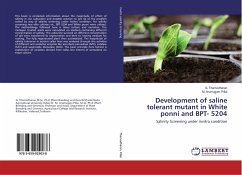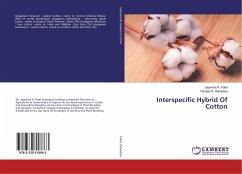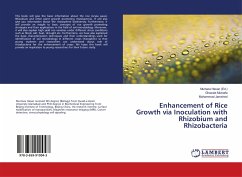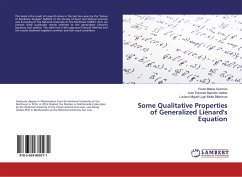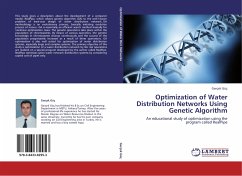"Rice is Life" describes the importance of rice in food and nutritional security, as half of the world population depends on rice for their calorie requirements. The area under hybrid rice cultivation is very less when compared to the total area under rice cultivation. To meet the demands of increasing population and to maintain self sufficiency, the present production levels needs to be increased. This increase in production has to be achieved in the backdrop of declining and deteriorating resource base such as land, water, labour and other inputs and without adversely affecting the quality of environment. Use and deployment of semi dwarfing gene in rice during 1960 s ushered in an era of green revolution. However, the productivity has come to stagnation since last two decades and efforts have failed to give tangible results to break the genetic yield barrier in rice. Among the limited available options to increase production and productivity of rice, hybrid rice technology is the most practically feasible and readily adoptable.
Bitte wählen Sie Ihr Anliegen aus.
Rechnungen
Retourenschein anfordern
Bestellstatus
Storno

